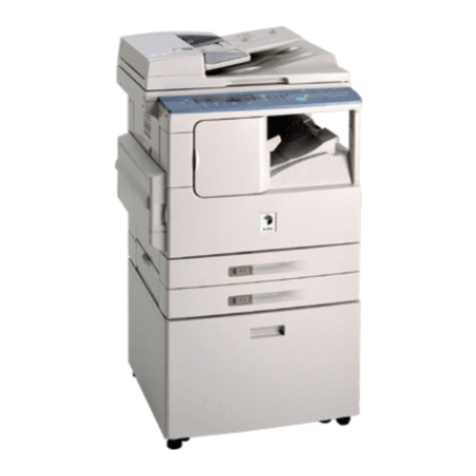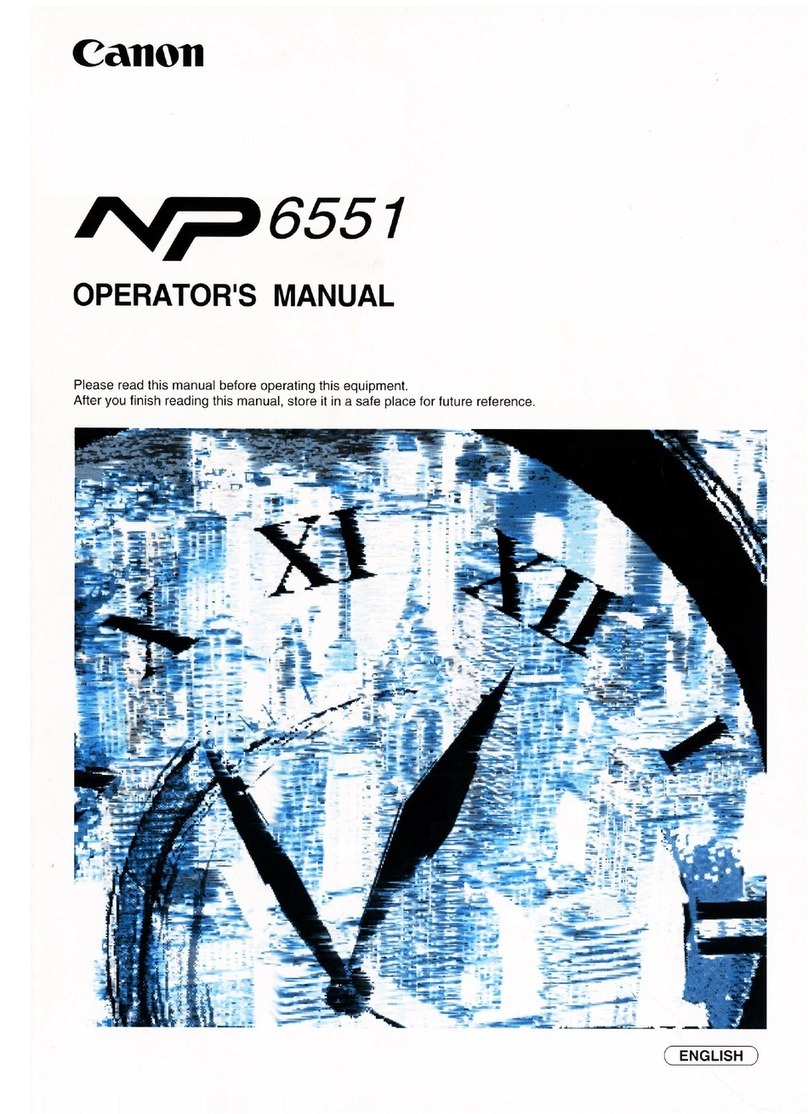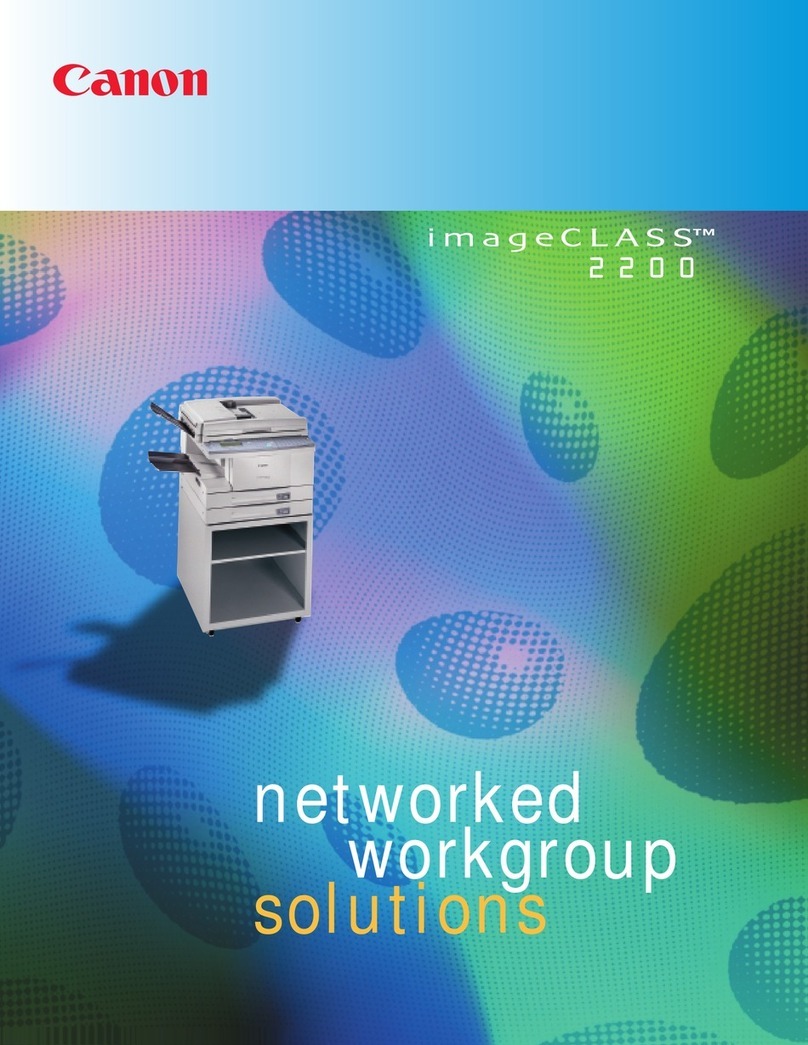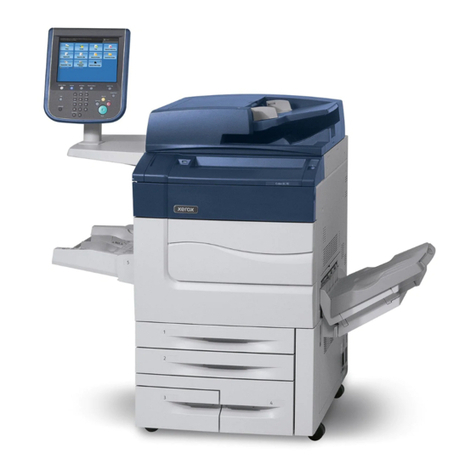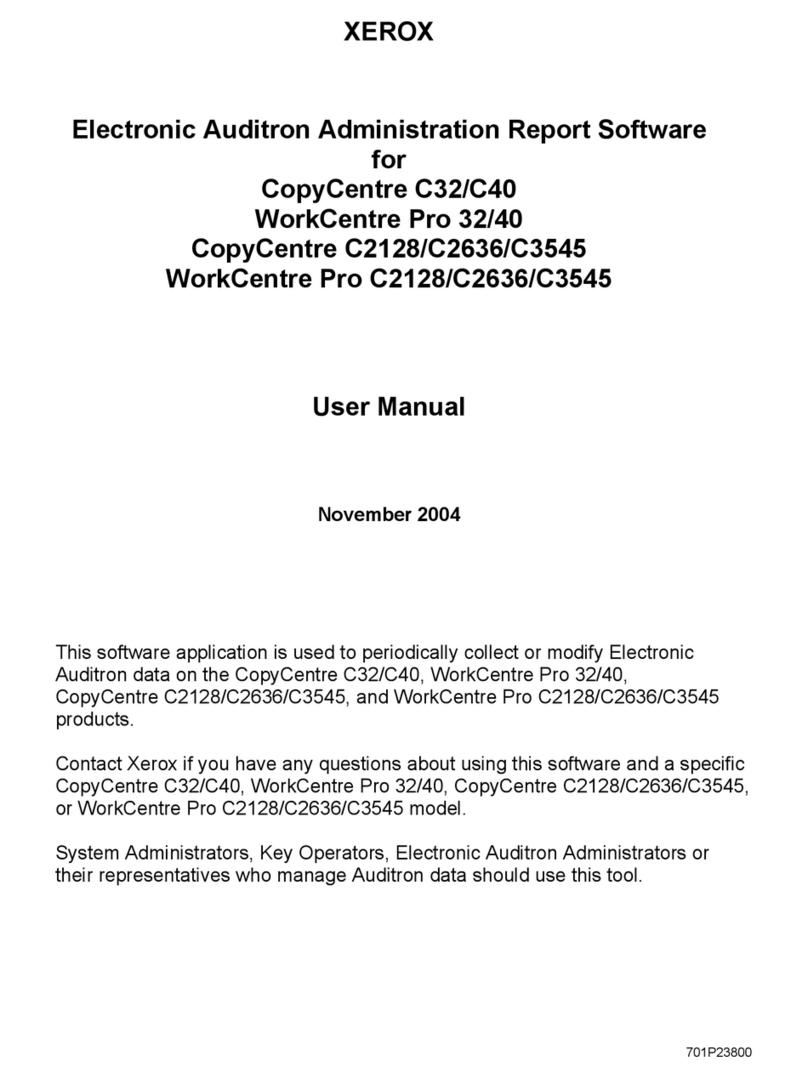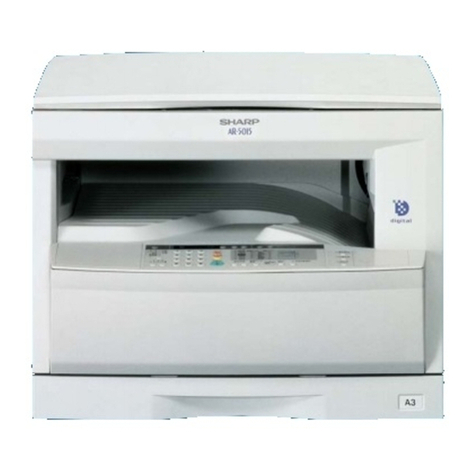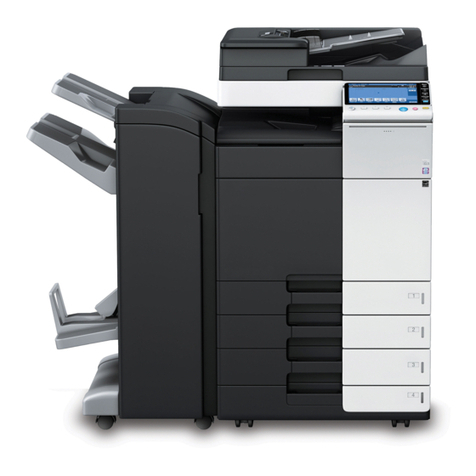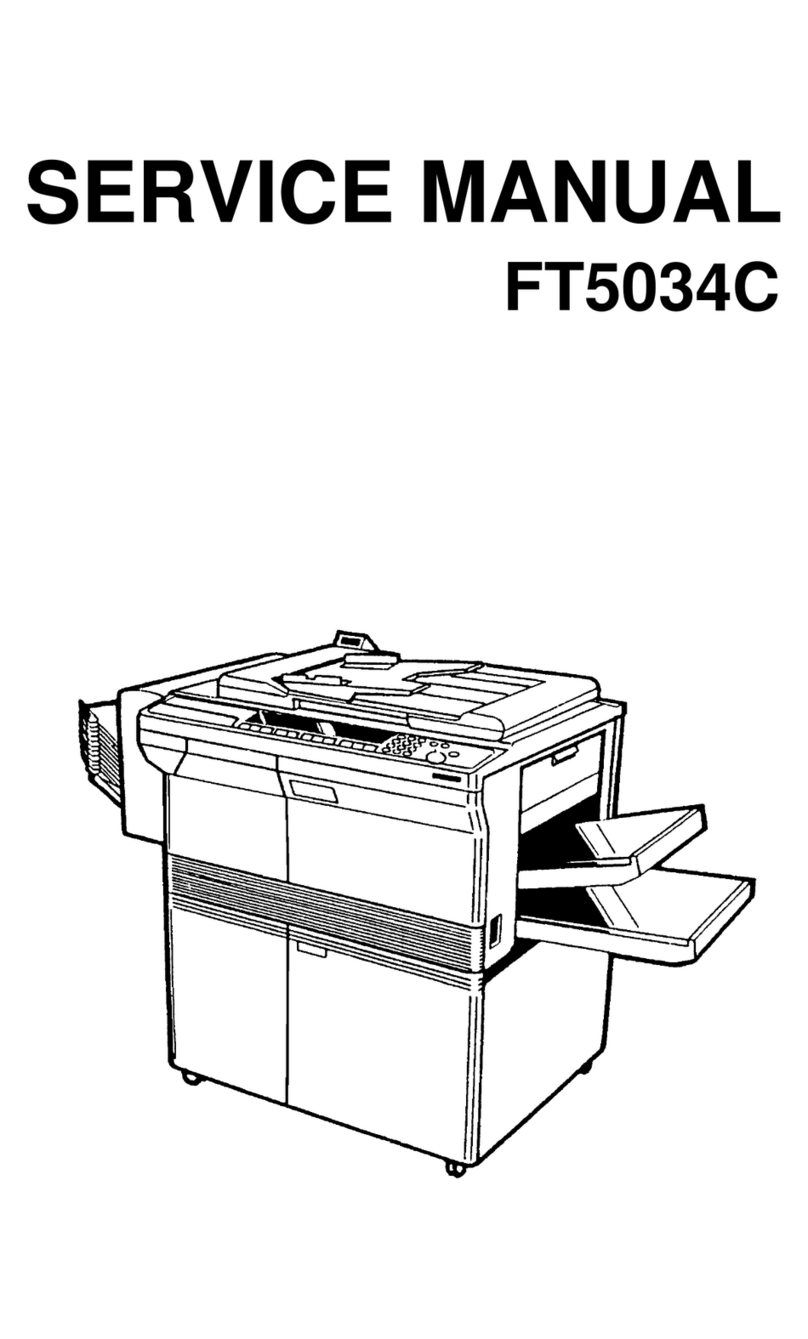
COPYRIGHT © 1999 CANON INC. CANON DADF-B1 REV.0 APR. 1999 PRINTED IN JAPAN (IMPRIME AU JAPON)
iii
CONTENTS
CHAPTER 1 GENERAL DESCRIPTION
CHAPTER 2 BASIC OPERATION
I. FEATURES ................................1-1
II. SPECIFICATIONS......................1-2
III. NAMES OF PARTS ....................1-4
A. External View.........................1-4
B. Cross Section ........................1-4
IV. OPERATIONS ............................1-5
A. Original Set Indicator .............1-5
B. Making Copies.......................1-5
C. Warnings and Actions............1-5
D. Routine Maintenance by the
User.......................................1-6
CHAPTER 3 MECHANICAL SYSTEM
I. BASIC CONSTRUCTION...........2-1
A. Outline of Electrical Circuitry....2-1
B. Inputs to the ADF Controller
PCB.......................................2-2
C. Outputs from the ADF Controller
PCB.......................................2-4
II. BASIC OPERATIONS ................2-5
A. Outline ...................................2-5
B. Detecting an Original.............2-6
C. Picking Up and Separating
Originals ..............................2-11
D. Moving Originals..................2-18
E. Turning Over an Original/
Delivery ...............................2-23
F. Movement of Originals.........2-32
G. Detecting an Original Jam ...2-43
H. Alarm Detection ...................2-47
I. Power Supply ......................2-50
I. BASIC CONSTRUCTION...............3-1
A. External Covers .....................3-1
B. Removing the Feed Belt Unit ..3-4
C. ADF Controller PCB ..............3-5
II. DRIVE SYSTEM............................3-6
A. Removing the Pickup Unit .....3-6
B. Removing the Separation
Motor(M1) .............................3-6
C.
RemovingtheFeedMotor(M2)
....3-7
D. Reversal Delivery Unit...........3-8
E. Removing the Reversal Delivery
Motor(M3) .............................3-9
III. FEEDING SYSTEM..................3-10
A. Removing the Separation Pad
Assembly.............................3-10
B. Removing the Separation
Roller ...................................3-11
C. Removing the Pickup Roller..3-12
D.
MountingtheSeparationRoller
Unit ........................................
3-13
E. Removing the Reversing Roller
and Feed Roller...................3-14
F. Replacing the Feed Belt ......3-16
VI. SENSORS .................................3-18
A. Removing the Original Set Sen-
sor PCB (U503) ...................3-18
B. Removing the Original Set Indi-
cator LED PCB ....................3-18
C. Removing the Last Original
Sensor PCB (U504).............3-19
D. Original Width Detecting Volume
(VR) .....................................3-19
E. Removing the Pre-Registration
Sensor (U502) .....................3-21
F. Removing the Reversal Outlet
Sensor (U505) .....................3-21















